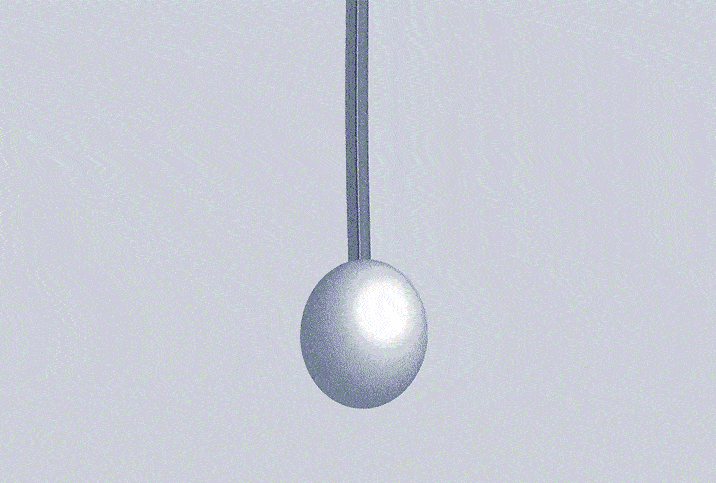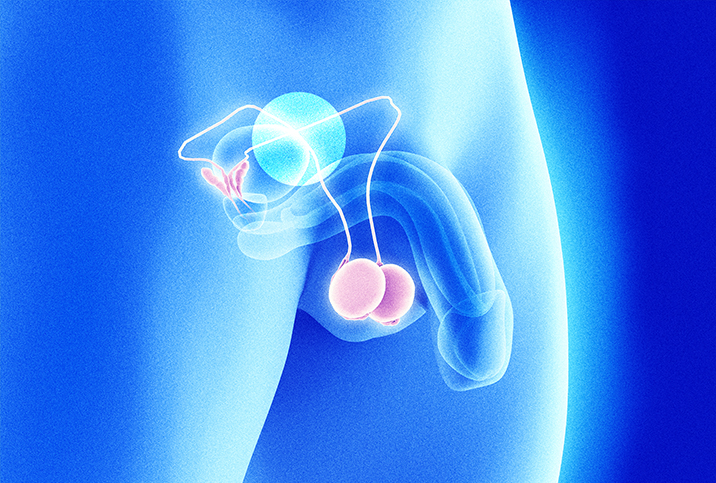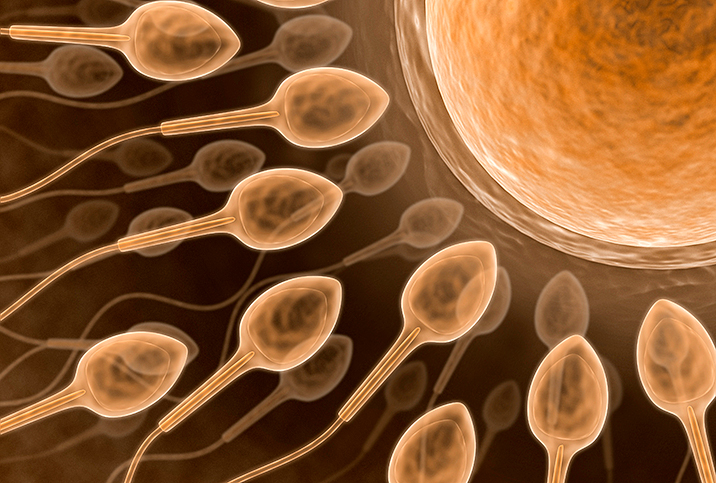Testicular Torsion Requires Immediate Attention

Testicles are sensitive.
Most testicle-endowed humans learn of this anatomical kryptonite as children, perhaps through a bicycling mishap, an ill- or well-placed kick, or a dodgeball that goes tragically un-dodged. Whether you were born with them or not, by the time you reach middle school, the delicate nature of balls is usually a well-established fact.
While periodic testicle pain of various types is fairly common, there is one version everyone needs to recognize right away: testicular torsion.
Because if you don't act fast, this peculiar affliction can cause the death of a testicle in a matter of hours.
What is testicular torsion?
The testicles, which reside in the scrotum underneath the penis, don't just float around loosely like a couple of eggs in a plastic baggie. Each one is connected from above by a bundle of tubes called the spermatic cord. This structure contains specialized loops of fibrous muscle called the cremaster that causes the testes to move up and down. It also contains the vas deferens, which is the tube that carries sperm to the ejaculatory duct.
Crucially, the spermatic cord also connects arteries, veins, lymph vessels and nerves to the testes. Testicular torsion occurs when this cord gets twisted and cuts off or severely restricts the blood supply to the testicle.
Symptoms of testicular torsion can include:
- Sudden onset of continual, severe pain in the testicle
- Nausea
- Vomiting
- Swelling
- Tenderness to the touch
- One testicle positioned higher than usual or sitting at a strange angle
- Fever
The need for speed
If testicular torsion can be fixed within the first six hours, there's a 90 percent to 100 percent chance of saving the testicle, according to a citation in a 2019 case review. Beyond six hours, the chance drops to 20 percent to 50 percent. If the situation lasts more than 12 hours, there's only an 11 percent chance you'll get to keep the testicle.
"It's a do-not-miss situation," said Amy Pearlman, M.D., a urologist and director of the men's health program at the University of Iowa. "So when anyone comes in with terrible testicular or scrotal pain, we always recommend they go into the ER so we can make sure it's not twisted."
What happens next?
The first test you'll likely undergo if you show up with severe testicular pain and other torsion symptoms is an ultrasound exam. This noninvasive imaging technology can identify whether there is blood flow to the testicle, a crucial factor your medical team needs to know so it can assess how to proceed.
"We diagnose it based on ultrasound," Pearlman said. "It's when we see a lack of blood flow to the testicle. Lack of blood flow leads to the death of the testicle, which is why it's an emergency."
The ultrasound is just the first step. Other preparations are often already underway behind the scenes if the doctors suspect testicular torsion.
'If testicular torsion can be fixed within the first six hours, there's a 90 percent to 100 percent chance of saving the testicle.'
"If they're calling in to a pediatric hospital, we're getting the OR [operating room] ready before the patient arrives because time really is of the essence," Pearlman said. "Sometimes you can manually detorse [untwist the spermatic cord] in the ER, but you still usually want to take them into the OR to fix it down in the scrotum, so it doesn't twist again."
That's the next phase of treating testicular torsion: Making sure it's a one-time occurrence. Some men and boys affected by the condition may have a genetic anomaly in the connective tissue inside their scrotum that allows the testicle to spin more freely than it should. Repairing it involves an orchiopexy, a procedure in which the testicle is sutured to the inside wall of the scrotum to prevent future spinning.
But first, doctors have to consider the worst-case scenario.
"We'll open up the scrotum, untwist the testicle, and if it looks very dark and black, we'll watch it, we'll put a warm towel over it and we'll see if it recovers blood," Pearlman said. "But if it doesn't, we'll actually remove the testicle."
Who's at risk for testicular torsion?
Testicular torsion affects 1 in 4,000 males younger than age 25, according to the Urology Care Foundation. Testicular torsion can happen to anyone with testicles, including before birth. But it's most likely to be seen in younger men and adolescent boys: Males between the ages of 12 and 18 make up 65 percent of the cases, according to the Cleveland Clinic.
"The most common presentation is that the guy is sleeping and wakes up with horrible pain that can go to the stomach area, maybe even vomiting," said William Brant, M.D., chief of urology at the Salt Lake City Veterans Affairs Medical Center. "The reason it happens at night is that the scrotum is fully relaxed and then the muscles around the testicle [the cremaster] contract, and that twists the spermatic cord."
The takeaways
The silver lining is that testicular torsion is rare. However, it is a dire condition that results in the loss of a testicle 42 percent of the time. When that happens, it's almost always because the patient waited too long to be examined.
So it's a good idea for teens and younger guys to educate themselves about the symptoms and understand just how important it is to seek help without delay if anything seems off down there.
It's the nature of testicles to hurt from time to time. But quickly recognizing a severe condition such as testicular torsion can mean the difference between keeping both testicles or losing one.
"If you have swelling, if it's high-riding, if you have nausea or you're vomiting—those are things that ought to get you into the ER to at least rule [testicular torsion] out," Pearlman said.




















